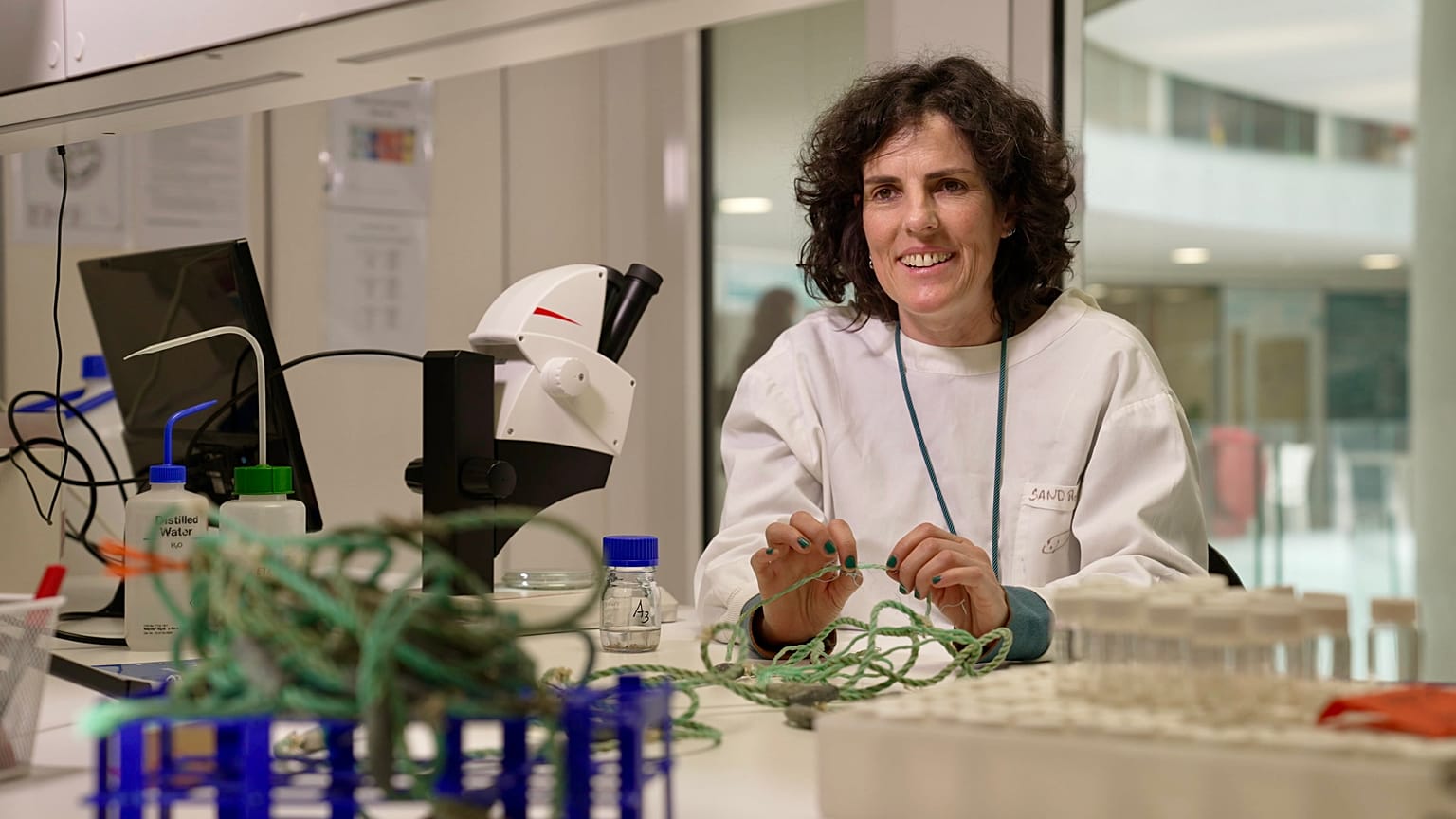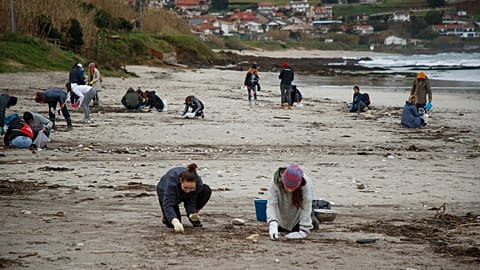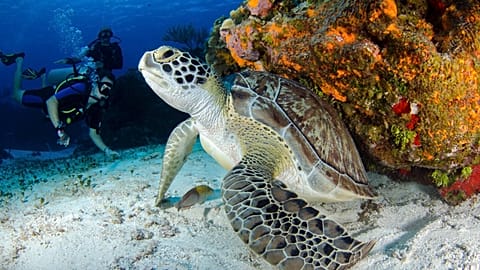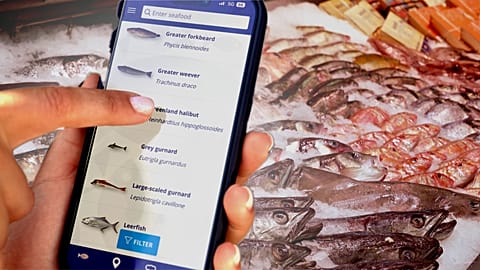Recent studies revealed evidence of microscopic plastic particles in the internal organs and blood of "almost all people tested", raising new concerns about the potential impact of microplastics on human health — and on marine life.
Recent studies revealed evidence of microscopic plastic particles in the internal organs and blood of "almost all people tested", raising new concerns about the potential impact of microplastics on human health — and on the marine life in the oceans, increasingly polluted by plastic litter.
Euronews Ocean talked with Dr. Sandra Ramos, researcher in marine ecology at CIIMAR, the Interdisciplinary Centre of Marine and Environmental Research of the University of Porto. Sandra Ramos has a PhD in Aquatic Sciences and her main research area is marine ecology and the impact of human activities, including such emergent pollutants as microplastics.
"Microplastics are wherever you can find them," she says. "They are everywhere! It's just a matter of looking for it. If you want to see if you have microplastics in a river, you just have to go — because for sure, almost — with the great percentage — you will find microplastics: they are in the water, or in the sediments.
"And what is the problem is that these tiny plastic particles can do harm in different ways. For instance, for small organisms like the ones that we only see under the microscope — if they ingest a little bit of this fibre, because they can confound these plastic items with their natural prey, these fibres can interrupt and block vital organs. And the organisms just die. In larger organisms what can happen is that nanoplastics can pass through the guts and they can go and enter some organs, and they can affect all the natural physiology of the animal.
"We already know from other research — and really recent research — that microplastics were found in the human blood. So there is evidence that these new contaminants can enter the system of the human body. Infections are one thing that's expected to occur, because it's a strange particle inside the organism, and the organism is going to respond to it. This is — in terms of research, we're still doing baby steps on that. We still need to continue to further understand what are these contaminants doing, what are they exactly causing — it's still very preliminary to answer."



















